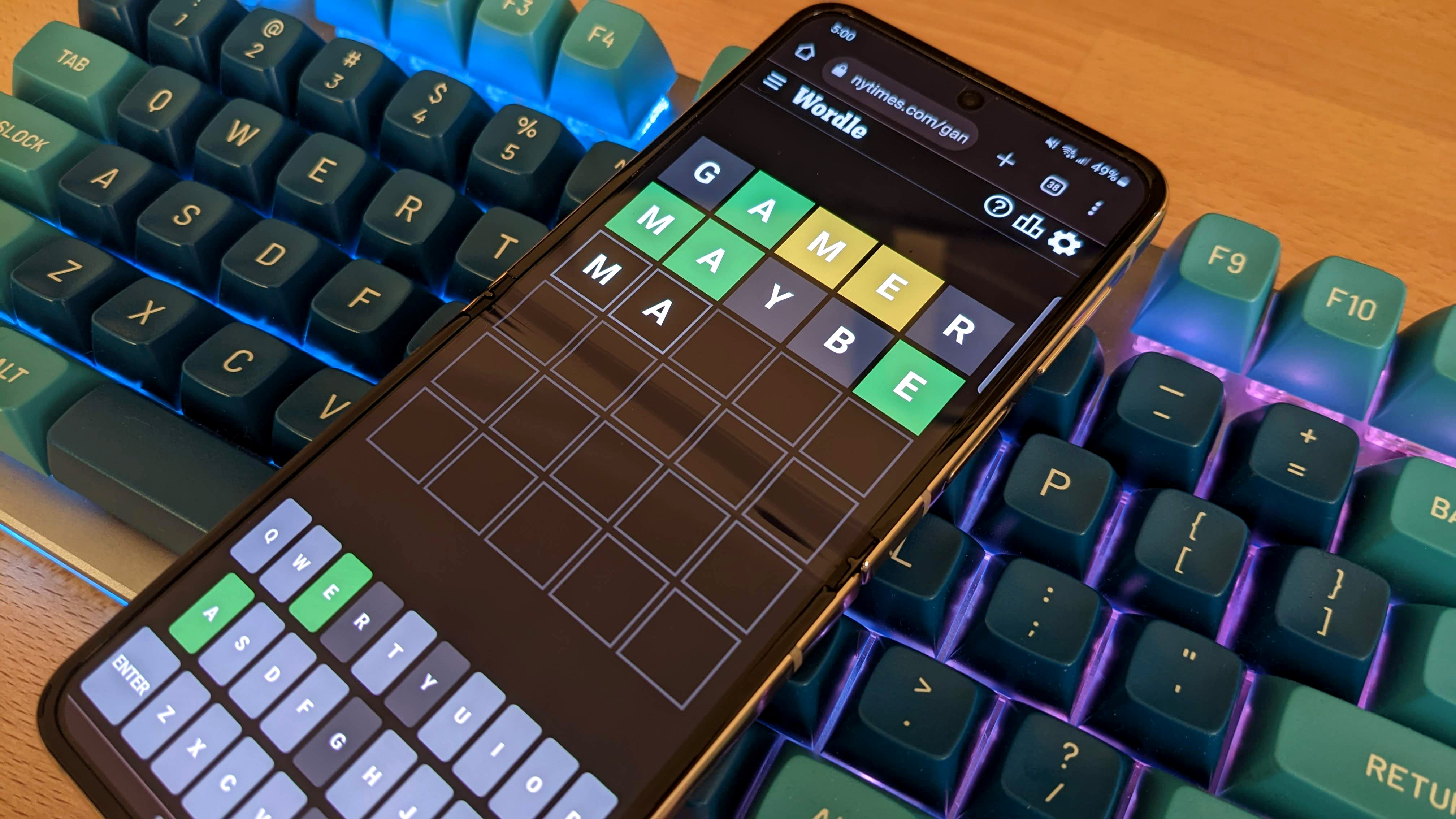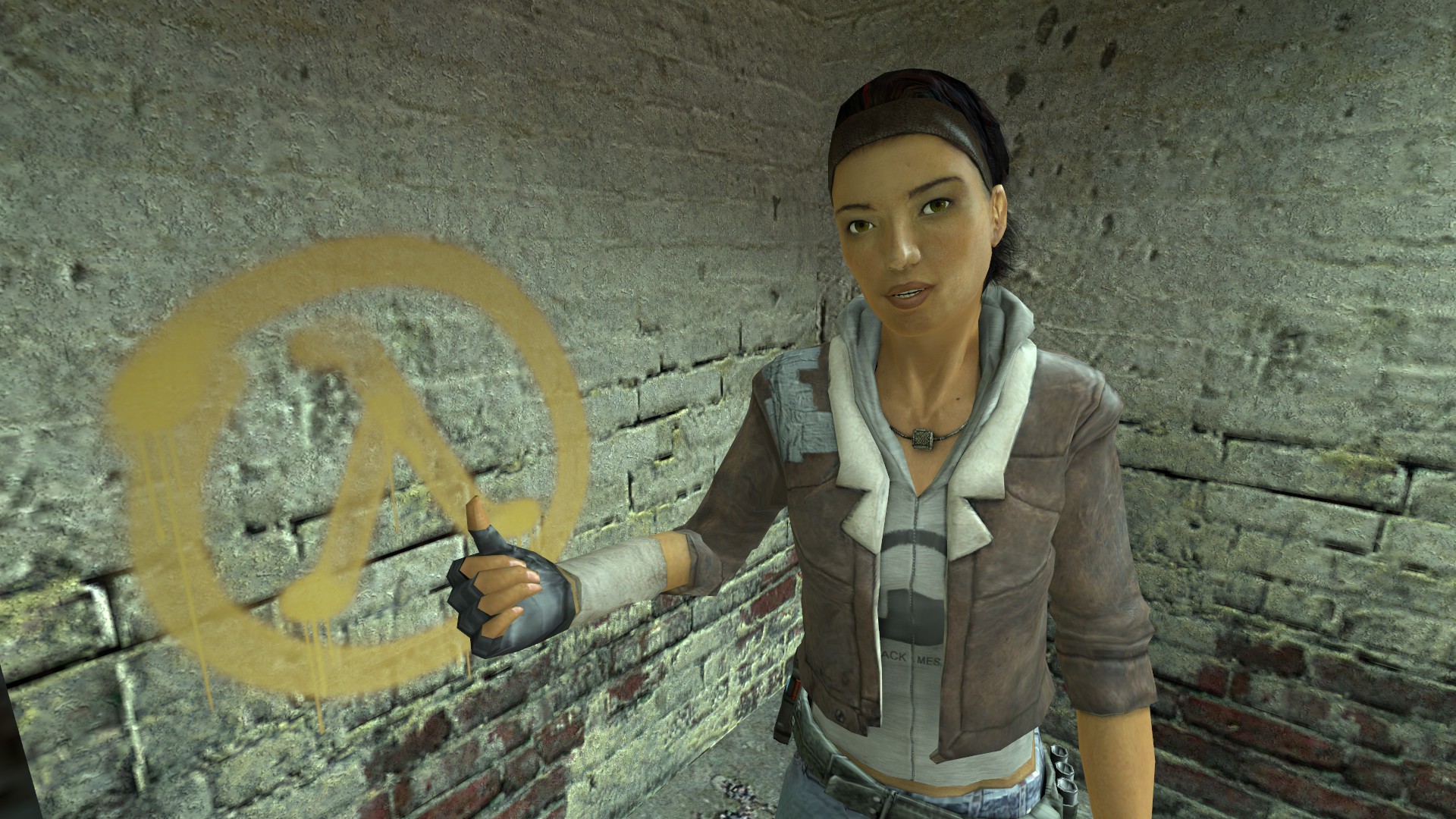
Lenovo Legion Go Review
The Lenovo Legion Go arrives just as the Steam Deck OLED renews everyone’s love for the concept of the handheld gaming PC. As you’d expect for something that starts at $699, it outdoes the Steam Deck in most ways – as long as you have hands big enough to handle it. This chunky handheld is powered by the same chip behind the Asus ROG Ally – the AMD Z1 Extreme – but packs a gorgeous 8.8-inch, 1600p IPS display and up to a full 1TB of storage space. It does come in a fair bit pricier at the high end, but every penny is worth it if having a larger display and native Windows 11 is something you’re interested in.
Lenovo Legion Go – Design and Features
Let’s get one thing out of the way, the Go is big. We’re talking 8.27 inches wide and 5.6 inches tall, with a thickness at 0.79 inches. To put that in perspective, the Razer Blade 15 is 0.78 inches thick when it’s closed, and that’s one of the best gaming laptops around right now. If that sounds kind of exhausting to hold, that’s because it kind of is – especially if you have smaller hands like I do.
The good news is that you often don’t have to. Unlike the Steam Deck or the ROG Ally, the controllers on the sides of the screen are removable, fashioning this as something more akin to an oversized Nintendo Switch that just so happens to run Windows instead of whatever glued-together Unix-based OS Nintendo’s handheld runs on. And that’s awesome. Because unlike the Switch, the 8.8-inch screen is perfect for playing propped up on a table with the controllers removed.
Also unlike the Switch, the Go’s kickstand is actually pretty freaking awesome. Instead of a flimsy little sliver of plastic, the entire bottom half of the Legion Go doubles as a kickstand, folding out to support it without having to worry about it toppling over.
What’s more, the right “faux-con” doubles as a mouse when it’s removed, which makes the OS much easier to use. (Microsoft has never been able to get the whole “Windows on a touch screen” thing down.) But even if you don’t take the controller off, there’s a touch pad beneath the right joystick that you can operate like a little laptop. It doesn’t physically click, but you can tap to click, double-tap to simulate holding down the mouse button, or hold it down until you feel haptic feedback to right click. Heck, beneath the right trigger, there’s even a mouse wheel that’s usable in whatever configuration you have the device in, which is super handy for installing programs for the first time or just navigating Windows.
There’s also an absolute deluge of buttons on the Lenovo Legion Go. There are four on the back that are bindable either in controller mode or in “FPS mode” – what Lenovo is calling using the right controller as a mouse. There are special launcher buttons at the top of each detachable controller, too. The one on the right launches a quick settings page where you can adjust things like screen brightness and even the resolution of the display, which you’re going to want to do (more on that later). On the left, the top button opens the Legion Space app, which is essentially your “everything launcher” that will help you open games from any service with your controller. Of course, unless you’re pairing it with a mouse and keyboard you’ll still have to fiddle with the awful Windows touch experience to install game services other than Steam or Xbox Game Pass.
What’s peculiar, though, are the start and select buttons. Rather than one being on each controller, they’re both on the left controller, beneath the touchpad, which is a bit unintuitive. More than once I’ve found myself clicking the quick options button trying to pause a game and dying as I fiddle around to close the little sidebar. That’s something that I’m sure I’ll get used to over time, so I’m not going to hate too much.
As far as ports go, there are actually two USB-C ports, one on the top and one on the bottom, both of which you can use to charge. This frees one up for accessories like the Legion Glasses that Lenovo is trying to push alongside the Go. But having two USB-C ports really shines when you’re trying to use the Go to actually play games. The bottom port is awesome for when you’re playing in handheld mode, while the top one is great if you want to have the Go propped open on a table while you play. This is an awesome addition, and I simply don’t understand why the Steam Deck and other similar handhelds don’t employ the same simple feature.
There’s also, of course, a Micro-SD card slot on the top that allows you to expand the storage. This is a standard feature, for sure, but it’s still nice to see it placed somewhere that it’s easily accessible all the time. You also, of course, get a headphone jack, because luckily handheld gaming PC makers haven’t decided analog audio is dead yet.
Tying the whole aesthetic of the Lenovo Legion Go together, though, is the RGB lighting, because of course it has RGB lighting. There’s three main lighting zones, none of which are obtrusive. You just get RGB zones around the two joysticks and one around the power button. If you don’t want RGB eating up your battery, though, you can easily turn down the intensity or just turn them off altogether in the quick settings page at the push of a button.
The Legion Go really is a gorgeous device. While the big size is definitely going to turn some people off – it certainly turned me off at first sight – this really is the best handheld PC gaming has to offer right now. Seriously.
Bigger Screen, Bigger Fun?
Perhaps the single biggest selling point of the Lenovo Legion Go is the giant 8.8-inch QHD, or quad-HD, display. It’s gorgeous. However, the tech isn’t quite there to justify the high resolution, because at the end of the day the only content you’re really going to be seeing at that full 2560×1600 is the Windows Desktop, video, or very old games that tend to have touch-and-go controller support.
Throughout my three weeks and change with the Lenovo Legion Go, I’ve had the display at its full 1600p resolution and 120Hz refresh rate for maybe a total of an hour before I realized lowering it to 1200p at 60Hz both saved on battery life and was less of a pain to get games to run. Listen: I’m a huge tech nerd, so fiddling with resolution settings for every game I play is something I’m just going to do no matter what. I do it with the Steam Deck, I do it here too. However, not everybody should be expected to individually calibrate every game to run at a lower resolution than what the display natively supports. And yet, especially if you want to play games like God of War or Cyberpunk 2077, you’re just going to have to do that.
That’s kind of why the Steam Deck is such a smart little device. Yeah, the 800p display is almost laughably low-spec for 2023, but with the hardware behind it, it’s a perfect fit. You can expect pretty much any game you download (that’s Deck-certified) to run without a problem at that resolution, right out of the box. This isn’t something that’s going to sour my personal enjoyment of the Go, but it’s going to ruin someone’s day when they think they should be able to play Diablo IV at the native 1600p resolution and end up with a choppy mess on their hands.
It’s not a dealbreaker, but just something to be aware of going in. Established PC gamers are going to love how flexible the Go is – heaven knows I do – but people expecting the console-like gaming experience that the Steam Deck offers are going to be disappointed.
Lenovo Legion Go – Performance
Thanks to the AMD Z1 Extreme chip powering the Lenovo Legion Go, it’s a mobile gaming beast – though with how large it is, you’d kind of expect it to be. It performs just about as well as the other handheld gaming PCs with this chip – including the upper-tier Asus ROG Ally and the Ayaneo 2. Generally, at 1200p, you can expect to get a solid 30-60 fps in most games, especially if you’re willing to turn the graphics sliders down to low. And really, if you’re not willing, you absolutely should not be considering investing in a handheld.
For instance, in the extremely graphically demanding Cyberpunk 2077 at Ultra settings and a 1200p resolution, you can expect to get around 20fps. Turn that down to medium, and that number goes up to a much more playable 39fps. And, if you take it down to low, the frame rate jumps even further, to 45fps. That’s the story of PC gaming after all: the name of the game is scalability.
Synthetic benchmarks tell the same story, too. In 3DMark Time Spy, the Go gets a solid 2,775 points, which is pretty much the exact same as the Ayaneo 2 scores in the same test. In Fire Strike, the Go manages 6,895 points – about 3% faster than the Ayaneo 2 when both are benchmarked at 1200p. This, again drives home that this isn’t really a QHD device, it’s a FHD device; if you’re playing games at that resolution, this is easily the best handheld you can buy right now.
Lenovo Legion Go – Battery Life
No one should expect the Go – or any other gaming handheld – to last all day. It’s a giant device with a huge screen powered by a hungry little chunk of silicon. It’s going to suck up electricity harder than your Switch or Steam Deck ever will. However, I was still impressed by how long it lasts, especially when playing lower-intensity indie games like the incredible Hades.
In that scenario, I generally get around 2-2.5 hours out of this thing. When I’m playing games that really push the hardware, like Diablo IV, I can generally expect to get around an hour and change out of it before I have to plug it in. That’s not awesome, but it’s not like the original Steam Deck ran circles around those times.
That’s kind of where the bulk of the thing works in its favor, too. This isn’t a device you’re really going to want to be carrying around with you everywhere, so it lends itself to being played somewhere that you’ll be able to plug into a wall. Like waiting in a doctor’s office, visiting family, or an airplane bound for Las Vegas. You probably aren’t going to be taking this thing out on the subway – it’s bulky and draws a lot of attention.
In fact, because I spend most of my time with the Legion Go in bed, grinding away at whatever little RPG I’m working through before checking out, it’s plugged in most of the time anyway. And if that’s the use case you have for your handhelds anyways, it’s going to be perfect. If you want a handheld gaming PC that is easy to carry everywhere with respectable battery life, you’re probably better off with the Steam Deck OLED or – even better – the ROG Ally Z1.
Purchasing Guide
The Lenovo Legion Go is available now starting at $699.99. That price will get you a 512GB SSD. You can upgrade that to a 1TB drive for $749.99. Apart from the SSD, though, both devices have the exact same internals, display, and size. The only difference is the SSD.
Jackie Thomas is the Hardware and Buying Guides Editor at IGN and the PC components queen. You can follow her @Jackiecobra






